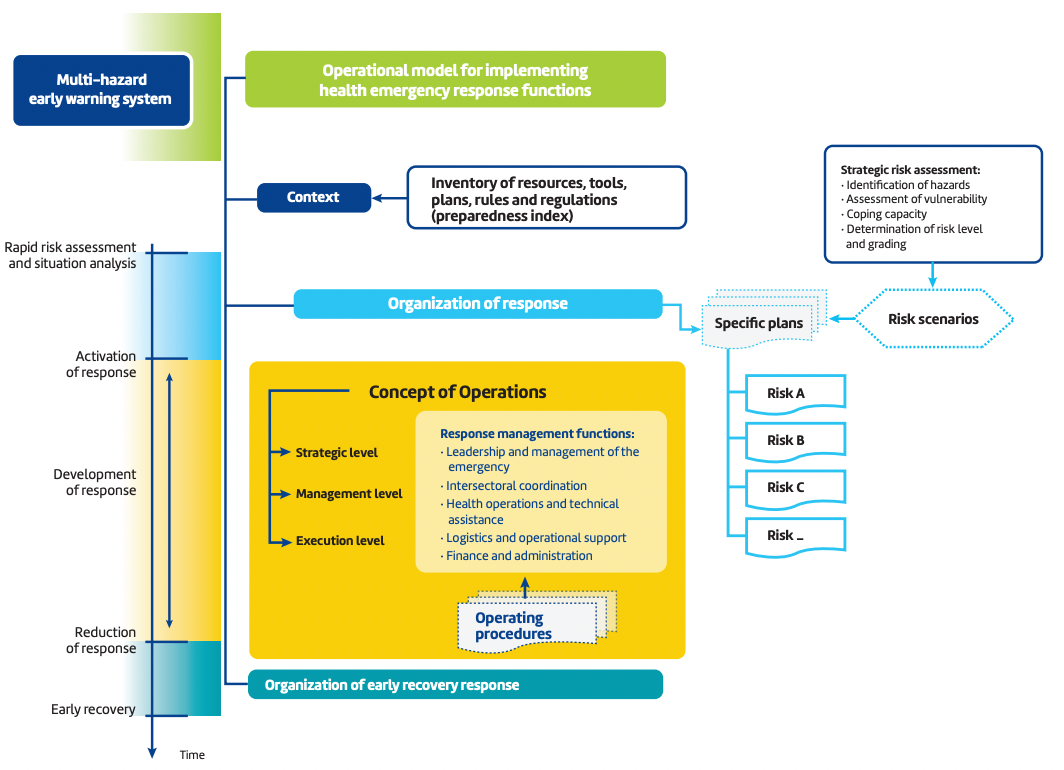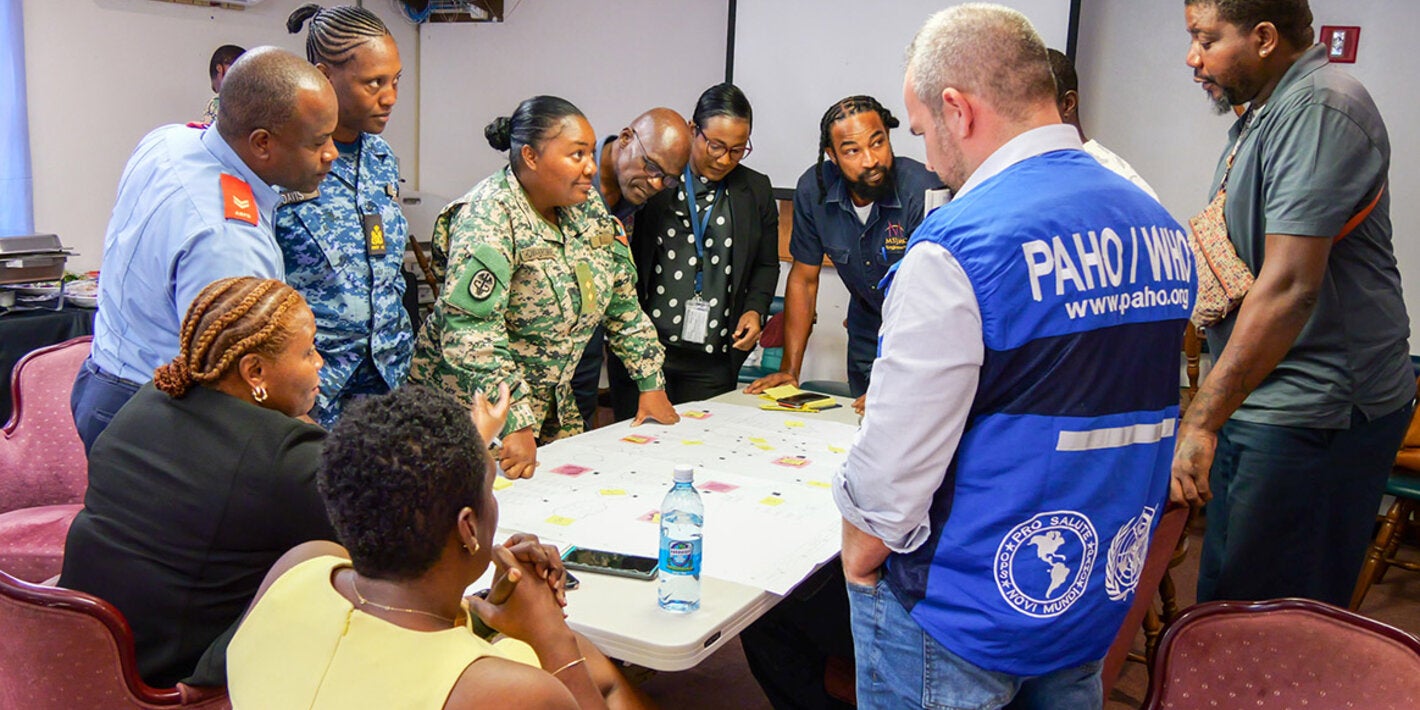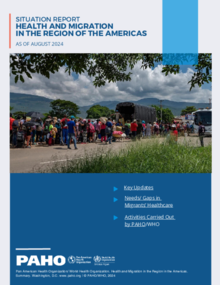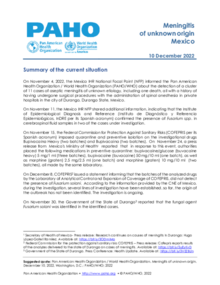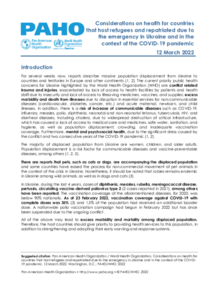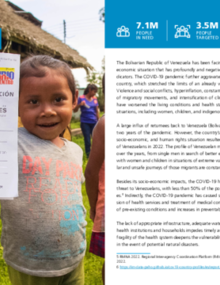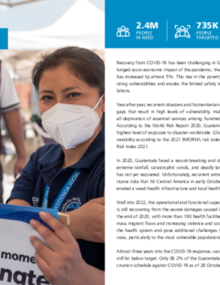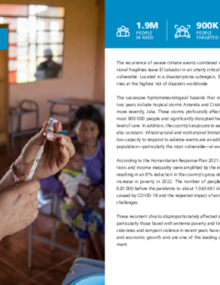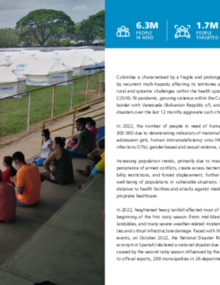The field of health emergency and disaster preparedness refers to the knowledge and capacities to effectively anticipate, respond and recover from the impacts of likely, imminent or current hazardous events or conditions.
Governments, response and recovery organizations, communities and individuals can carry out preparedness action in order to build the capacities needed to manage all types of emergencies and achieve an orderly transition from response to sustained recovery.
These actions, based on a sound analysis of disaster risks and good linkages with early warning systems, include contingency planning, stockpiling of equipment and supplies, establishment and testing of coordination mechanisms, risk awareness raising and public information of protective behaviors, and associated training and field exercises.
- Between 1970 and 2018, the Region of the Americas experienced over 4,500 disasters that killed 569,184 people and injured more than 3 million people.
- Emergencies and disasters of any kind can cause multimillion-dollar economic losses and can significantly undermine the performance of health systems.
- Today, more than ever, it is necessary for countries to improve their preparedness and response to health emergencies and disasters—a need expressed by the Member States of the Pan American Health Organization.
The Country Health Emergency Preparedness and IHR unit of the Health Emergencies Department aims to ensure that all countries of the Region have capabilities for all hazards health emergency and disaster risk management, including the core capacities needed to fulfill their responsibilities under the IHR 2005. The goal is to ensure that each Member State builds its own standing preparedness capabilities.
Major Action Lines:
- Institutionalization of a national health emergency management;
- Development and implementation of health multi-hazard preparedness and response plan;
- Identification and training of multidisciplinary health response teams;
- Regional IHR secretariat activities;
- IHR Core Capacity Building, Assessment, Monitoring and Evaluation;
- Development of guidelines, learning materials and standard operating procedures;
- Implementation of the Emergency Medical Teams initiative.



